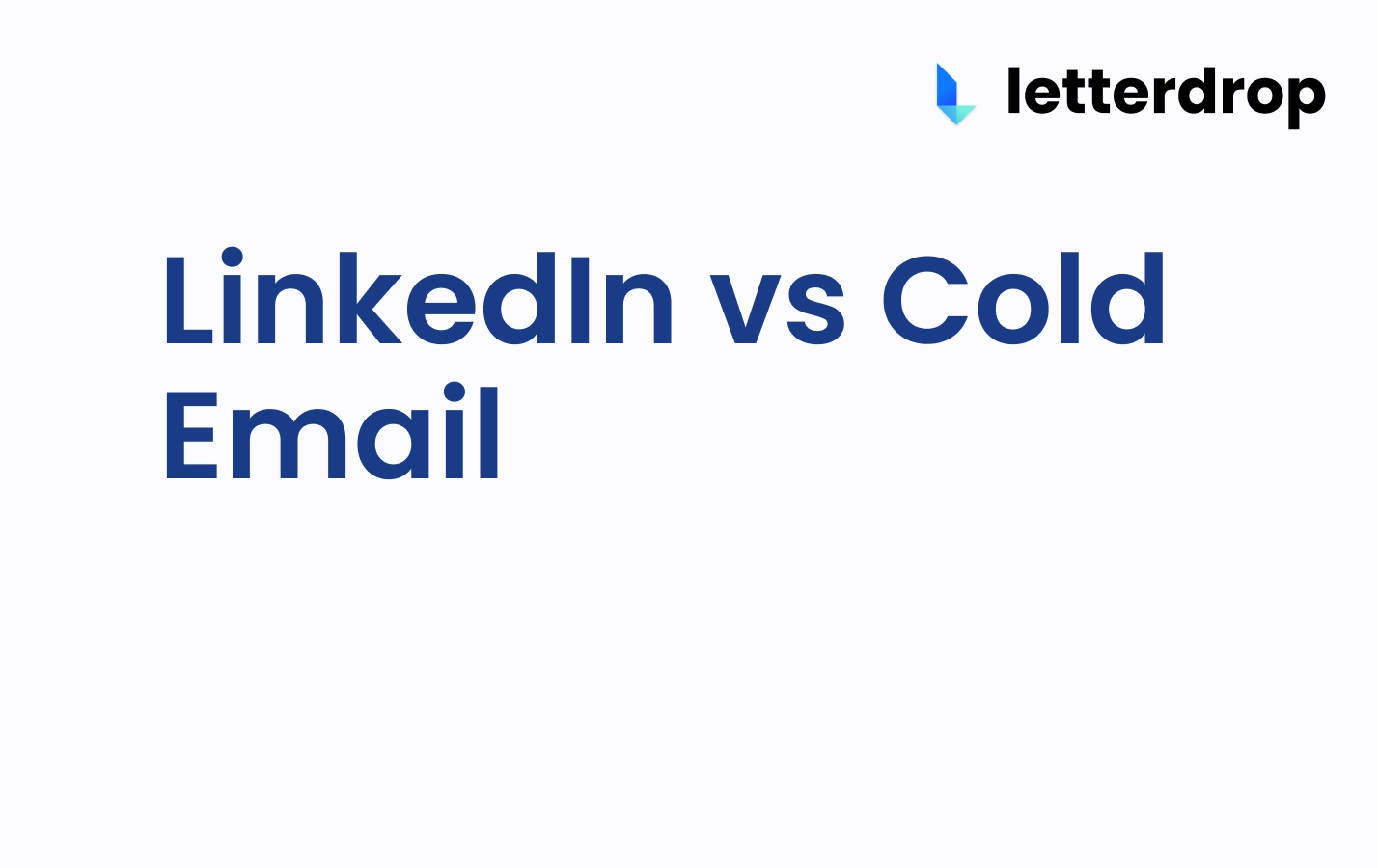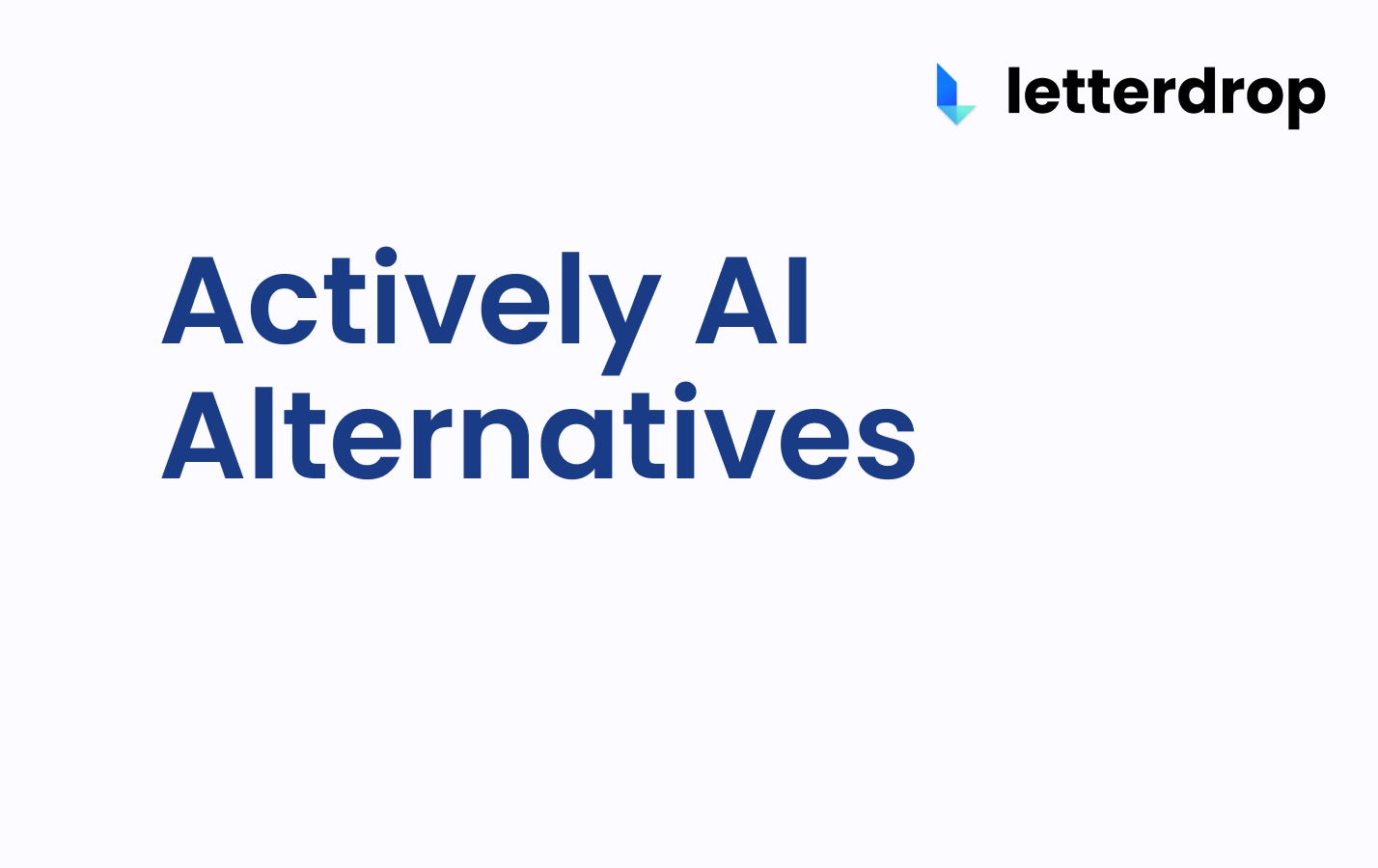Penny Pinching: How to Lower CAC by Running Google Ads Against Content
You're a demand gen manager in 2025. Your CAC on Google Ads is unsustainable, and people aren't converting like they used to.
What's that? That's the sound of half your advertising budget going down the drain.

Your company is losing money if you're throwing cash at ads and aren't converting. And with all the layoffs going on... you could be next if something doesn't change. It's time to say goodbye to wasted ad spend.
A great way to lower your CAC is by experimenting with running ads against content. Google organically tries to surface the best pages to answer a search query. You can use content to answer the search query better. This increases your CTR, conversions, and lowers CAC.
Running Ads is Expensive
The cost per lead for Google ads has become 19% more expensive in the past year.
Companies are paying for clicks that aren't even leading to conversions. There's been a 14% decrease in conversion rates across the board.
Ads are emptying your pockets, and you're getting nothing for it. You need to consider your LTV:CAC ratio and payback period to understand what's sustainable for your business.
Stop Thinking of Ads as Ads
Waving your product in someone's face with an ad doesn't answer questions when someone is searching online. Shift your focus. If a search query has informational search intent, it might be better served by content.
You can double-check by searching for your target keyword and checking out the top organic page. How closely does it match the pages of the top ad slots?
When you run an ad, you're interrupting their search. If a user clicks and ends up on a landing page that doesn't answer their question, they will bounce from your site. Lots of companies make this mistake.
In this example, a search for "best customer support tool" gives me an ad that directs to a landing page with a form to fill. It doesn't answer my question.

The best thing you can do with an ad is to make it as similar to the top organically ranking page while still selling your product.
For this query, we can see that Google is surfacing pages with in-depth reviews on the top customer support tools. You'll also notice that these pages are by Zendesk and HelpScout, two customer support SaaS platforms.
If Sprinklr created a similar page and ran their ad against that, they might see more success.

Why Running Ads Against Content Makes Sense: How Google Ads Work
It's important to understand how Google prioritizes and positions your ads. Ad ranking factors range from bid amount to competitiveness of the auction.
Google awards ads a quality score from 1 to 10. Factors like landing page experience and CTR influence the score. The higher your score, the less you pay in the ad auction.
A quality score of 6 costs you 16.7% less on average. A quality score of 10 can cost you up to 50% less.

A page that organically ranks for a keyword will have a higher quality score than a poor landing page that simply pushes a product on a visitor.
Think of Google Ads as Promoted Content
Running ads against content is one way to reduce CAC. We see it all the time with our customers. Tyler Suss runs marketing at Explo. He runs Google ads on competitive keywords and directs visitors to blog posts that answer search queries. They saw a drop in their CPC and started ranking higher than other ads.
That's because well-written and informative blog posts are better than landing pages when it comes to answering search intent. They provide value to searchers before trying to sell them. You still need a clear CTA in your content. Weave your product organically into the blog post to talk it up and sell yourself.

Organically Ranking Might Mean You Can Lower Your Ad Spend
Some of our customers spend $50k/month on content and drive the equivalent of $500k/month in Google Ad spend organically.
Lots of people also skip past ads to get to the organic results. Devtools companies especially struggle with this since lots of engineers who are savvy about ads block or skip them entirely. Your only way to reach them is through organic content.
Adam Goyette, former VP of marketing at HelpScout, talked to us about the importance of increasing the efficiency of marketing spend. He said he has seen a recent shift in marketing from short-term investments like ads to more sustainable long-term approaches like organic SEO.
If you create valuable content for queries that have high buyer intent, you can save on ad spend.
Promote Content for Organic Growth and Spend Less on Ads
The "grow at all costs" and "think about efficiency later" approach in marketing is quickly being abandoned. High-quality content that answers search intent is your ticket to organic conversions that remove the need for excessive ad spend. Content sells your product for you. If you still need to run ads (maybe you don't have the domain authority yet), try directing users to content pages that answer search intent instead of landing pages.
We talk to hundreds of content marketers and experts like Adam and Tyler. If you're looking for more marketing insights on using content to drive new revenue and want to increase your traffic by 18x like Explo, talk to us.
Subscribe to newsletter
No-BS GTM strategies to build more pipeline in your inbox every week
Related Reading
Some other posts you might find helpful
















